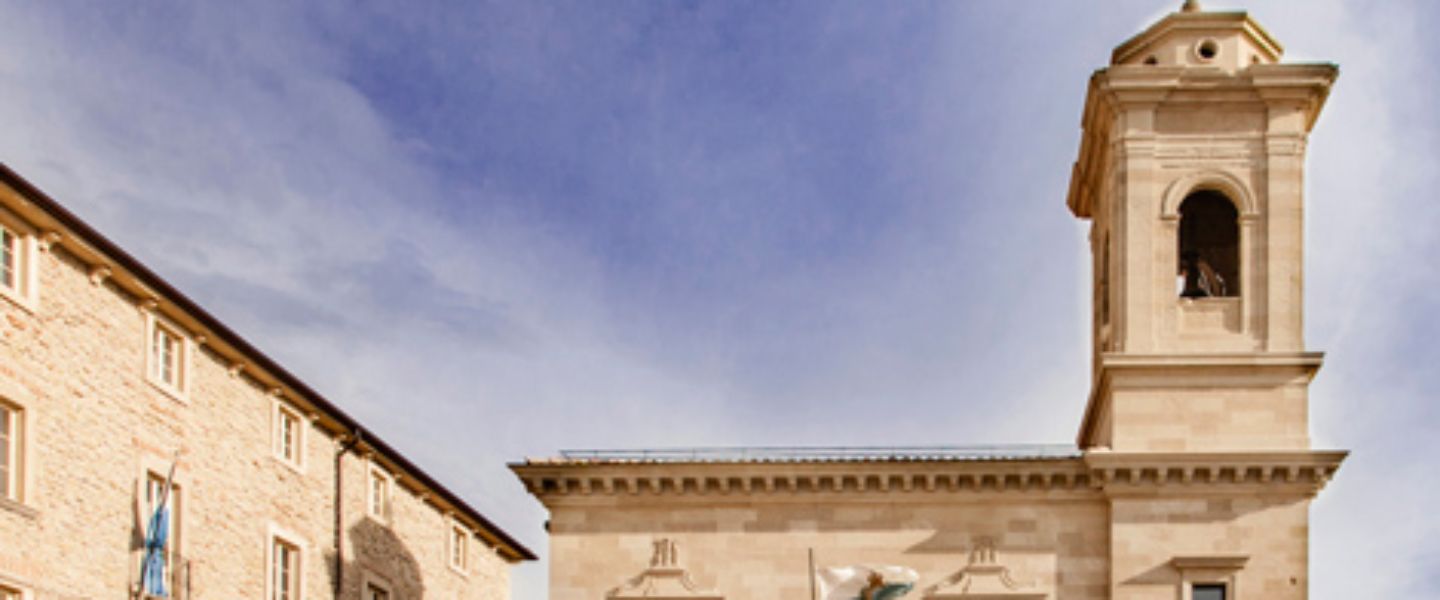
History of San Marino
Age-old stories handed down with extreme emotional involvement
From Saint to State: the history of the Republic of San Marino
The origins
The origins of this story are linked to the worship of the Saint, to whom the founding of the Republic of San Marino is attributed.
And it is this legend that has handed down to us the figure of a stonemason who, in 257 AD, having arrived from his native island of Rab, in Dalmatia, climbed Mount Titano, where he founded a small community of Christians, which had been persecuted for their faith at the time of the Emperor Diocletian.
All this created a great deal of turmoil and, in 301 A.D., the first community of the Republic was formed. This is how the history of San Marino began.
The earliest evidence of the independence of San Marino
Beyond the legend, it is certain that Mount Titano had been inhabited since prehistoric times. This is testified by the numerous artifacts found in archaeological digs and kept in the State Museum.
The first document to speak of the existence of an organized community on the Mount is the Placito Feretrano, a parchment of 885 A.D., preserved in the State Archives and attesting that the property rights belonged to the Abbot of a Monastery located in San Marino.
Among the most famous finds, the precious Treasure of Domagnano, a set of gold jewels studded with precious stones and now preserved in various museums in 6 different countries.
The First Statutes and historic laws of San Marino
Gradually, here, as in other cities in Italy, the will of the citizens to give themselves some form of government gained the upper hand. This is how the concept of the municipality was born. And while Italian cities dedicated their freedom to a Saint, the tiny community of Mount Titano, mindful of the historic figure of the stonecutter Marino, called itself "Land of San Marino" then "Municipality of San Marino" and finally "Republic of San Marino".
The people entrusted its government to the Arengo, also called the assembly of heads of families, chaired by a Rector.
As the population increased, a Captain Defender was appointed alongside the Rector. The most important State Institution was officially created.
In 1243 the first two consuls, the Captain and the Rector, were appointed. From then up to our own day they have alternated every six months in the supreme office of State: they are called the Captains Regent, or Heads of State.
The Arengo was responsible for defining the first laws, the Statutes, inspired by democratic principles. The first Statutes date back to 1253, but the first real body of State laws dates back to 1295. The Statutes were rewritten and updated until the 1600 version, which is the one the present system is based on.
The consolidation of San Marino’s independence
As their independence became consolidated, the people of Mount Titano also began to experience dangerous situations such as the two military occupations of 1503 and 1739, respectively by Cesare Borgia and Cardinal Giulio Alberoni.
The events were complex and difficult and the results sometimes uncertain, but love of freedom helped preserve the legacy of independence that the municipality enjoyed.
The homage of Napoleon Bonaparte to San Marino
In 1797, Napoleon offered gifts and friendship to the Republic of San Marino as well as an extension of its territory to the sea. The Sammarinese were grateful for the honour of such donations but with instinctive wisdom refused to extend the territory, "satisfied with the borders they already had".
Garibaldi in San Marino
In 1849 General Giuseppe Garibaldi, military leader of the revolutionaries who were fighting to unify Italy, took refuge in San Marino with about 2,000 soldiers to escape the armies of Austria and Rome. They all found refuge inside the territory of the little Republic. The authorities managed to avoid the entry of Austrian troops so giving time to the Garibaldians to leave the territory without bloodshed.
Honorary citizenship to the American President, Abraham Lincoln
In 1861 Lincoln showed his sympathy and friendship for San Marino by writing these words to the Captains Regent: "Although your dominion is small, your State is nevertheless one of the most honored in all history”.
The neutrality of San Marino during World War II
San Marino boasts a tradition of exceptional hospitality at all times. This land of freedom has never denied the right to asylum and aid to all those persecuted by misfortune and tyranny. During World War II, the small Republic was a neutral State and although it had a population of only 15,000 inhabitants, it welcomed and gave asylum and shelter to 100,000 displaced persons from nearby Italy, which was bombed without interruption.

